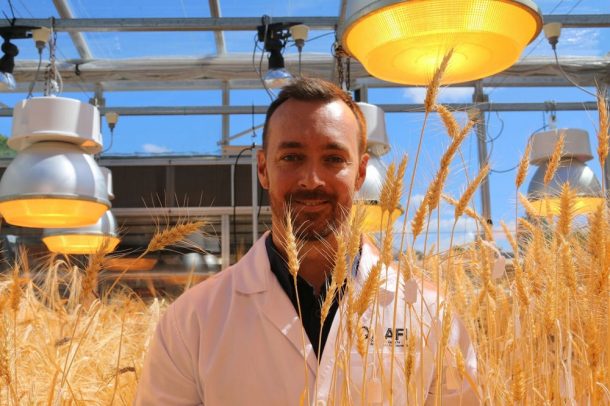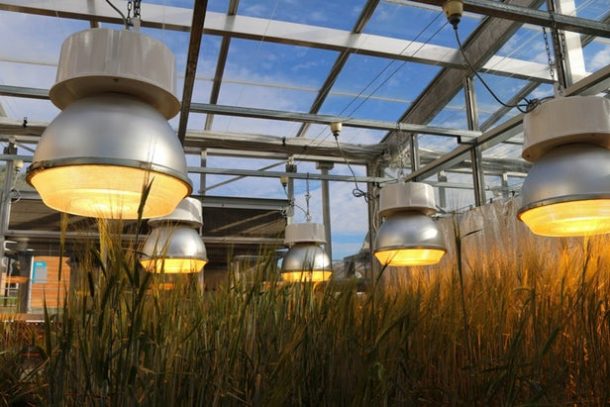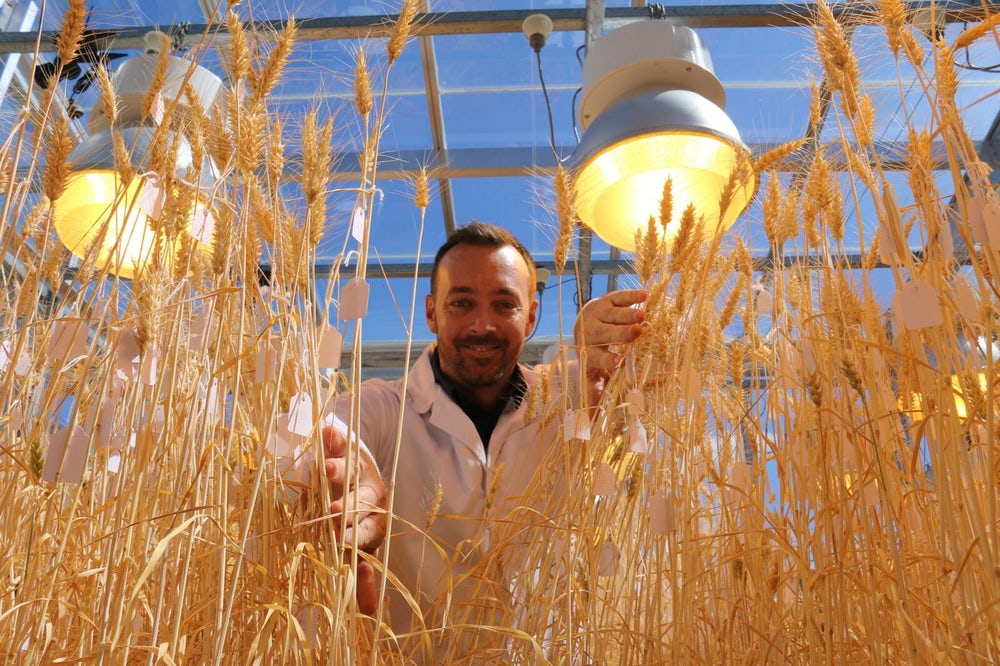The population is growing at an alarming rate and it is expected that we will have 2 billion more mouths to feed by 2050. However, the amount of arable land is not increasing. This is going to be a huge problem for humanity and scientists are doing their best to work out a solution for the problem. One such solution might be the speed breeding technique inspired by NASA.

Scientists at the University of Sydney, the University of Queensland (UQ) and the John Innes Centre are using the technique NASA developed more than a decade ago to produce food during space missions. The crops are raised on Earth inside a glasshouse, under continuous low-cost LEDs that emit specific wavelengths of light to boost photosynthesis.

“The far-red spectrum is important for triggering the reproductive growth and also light intensity for healthy robust plants,” said study co-author and UQ Senior Research Fellow Lee Hickey. Using this light setup, the team was able to grow six generations of wheat, chickpea, and barley plants and four generations of canola plants within a single year.
“In the glasshouse, we currently use high-pressure sodium vapor lamps and these are quite expensive in terms of the electricity demand,” says Hickey. “In our paper, we demonstrate that wheat and barley populations can be grown at a density of about 900 plants per square meter, thus in combination with LED light systems, this presents an exciting opportunity to scale up the operation for industry use.”

According to Hickey, it will not only boost yields for farmers but will also result in better quality crops. “People said you may be able to cycle plants fast, but they will look tiny and insignificant, and only set a few seeds,” said Dr. Brande Wulff of the John Innes Centre, lead author on the paper. “In fact, the new technology creates plants that look better and are healthier than those using standard conditions. One colleague could not believe it when he first saw the results.”
“Speed breeding is a ‘non-GM’ method for accelerating the development of our crops,” says Hickey. “This is good news for crops like wheat, where GM is not accepted. However, we demonstrate in our paper that GM technology is very compatible with speed breeding. I believe the greatest gains from speed breeding will be the successful integration of the tool with other plant breeding technologies, like genomics or CRISPR.”
(Source: New Atlas)This technology has been mostly used in labs but it is capturing the attention of industries. An Australian company Dow AgroSciences has used the speed breeding method to develop a wheat variety with greater resistance to pre-harvest sprouting.
“I would like to think that in 10 years from now you could walk into a field and point to plants whose attributes and traits were developed using this technology,” says Wulff. The speed breeding technology has huge implications for the future and we will probably see it becoming a common practice.


